
There’s a growing problem in the southeastern United States. A species that was first discovered in the 1930s has been overlooked for decades, and is now running rampant, becoming a pest that’s hard to remove. The insect population is expanding both in forested areas and urban cities.
The Asian needle ant is a unique threat to U.S. soil due to the difficulty conservation efforts have controlling its population and the damage it poses to both the environment and people alike.
Spreading
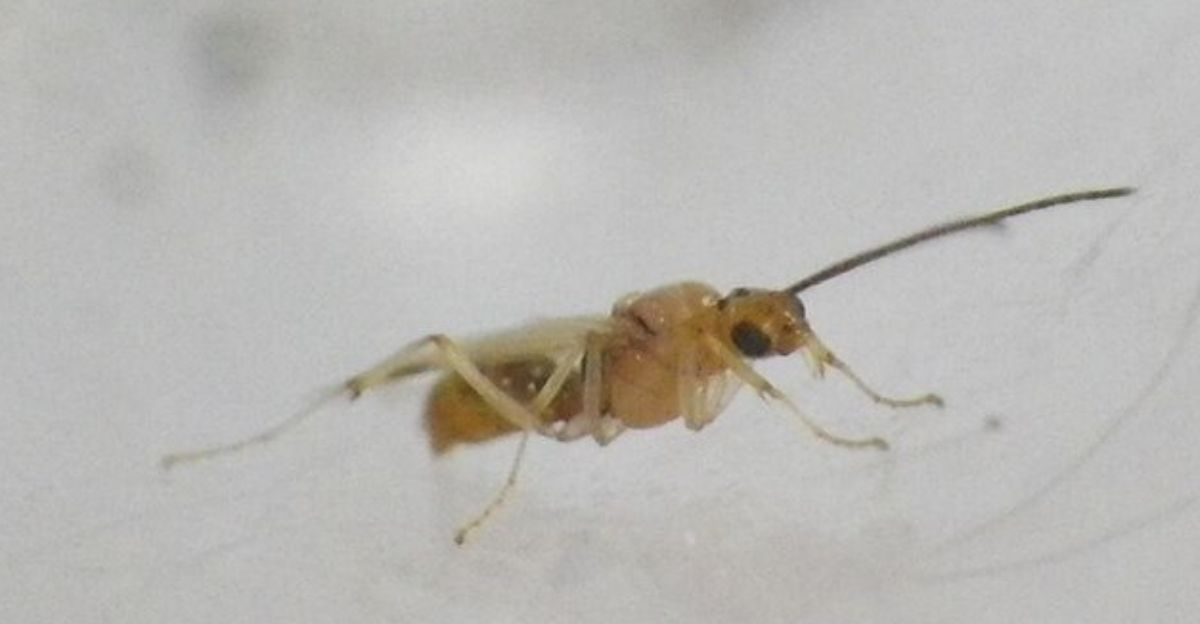
Over the past decades, the Asian needle ant has expanded far beyond its original territory in Asia and can now be found in 19 U.S. states, from the Southeast all the way up to New York and Washington. Unlike many other ant species, the Asian needle ant doesn’t stick to gardens and pathways. This invasive species is looking to overtake forests, parks, and uninhabited land.
Their adaptability and widespread population are a thorn in the side of conservationists looking to try to uproot them from natural habitats. A proactive approach is needed when dealing with an invasive species like this when their growing population spells trouble for many different domestic ecosystems.
Asian Needle Ant
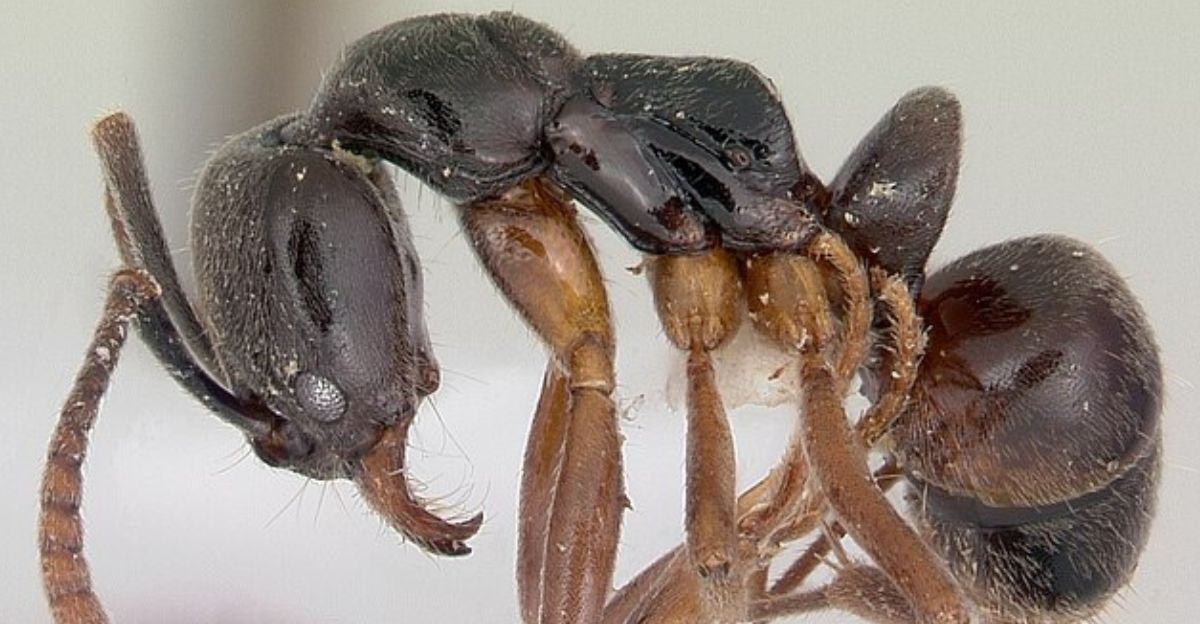
The Asian needle ant has a unique biology that means that people can recognize them if they know what traits to look out for. They are quite small, being around the size of a grain of rice, are black or dark brown in color, and have a stinger and orange-brown appendages.
While many native ants like to move in military-esque marching lines, the Asian needle ant moves close to the ground and in more sporadic groups. They make their colonies underneath rocks, leaves, or logs to stay undetected. Their nests can have more than one queen, which aids in their rapid population growth.
Their Impact On Nature
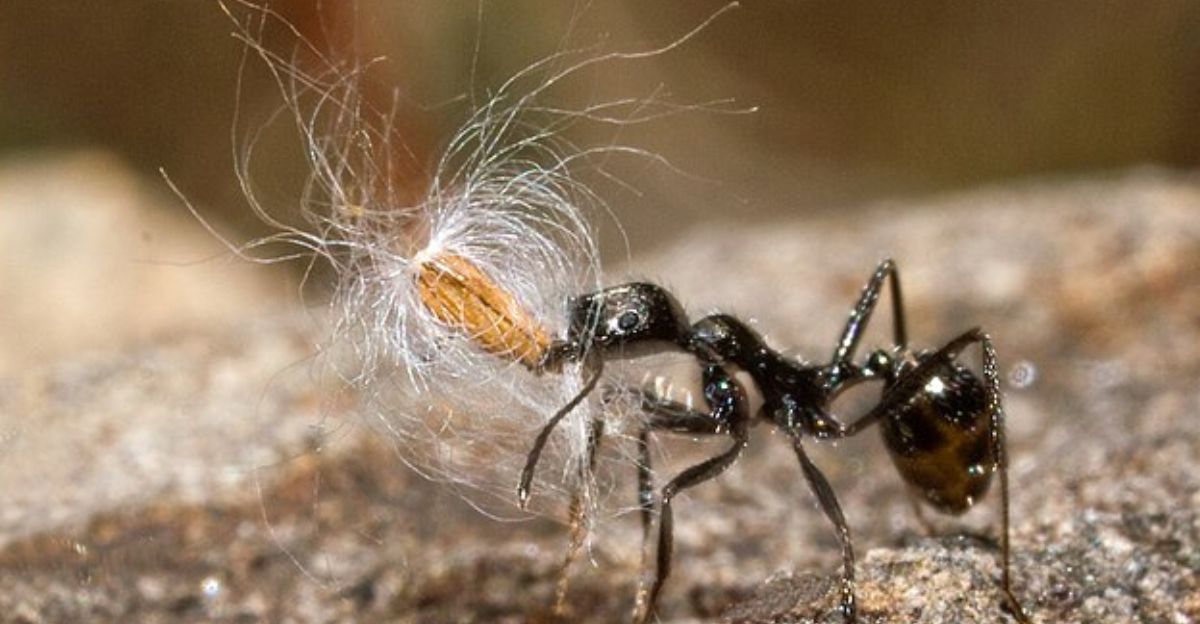
While it may not seem apparent why a new invasive species of ant on U.S. soil does so much ecological damage, they are extremely bold competitors to native ant species.
Asian needle ants do not provide the important environmental benefits that domestic ants provide. Native ant species play a vital role in ensuring that plant species’ seeds are widely spread, while Asian ants do ecological damage above all else.
Plants Are Suffering
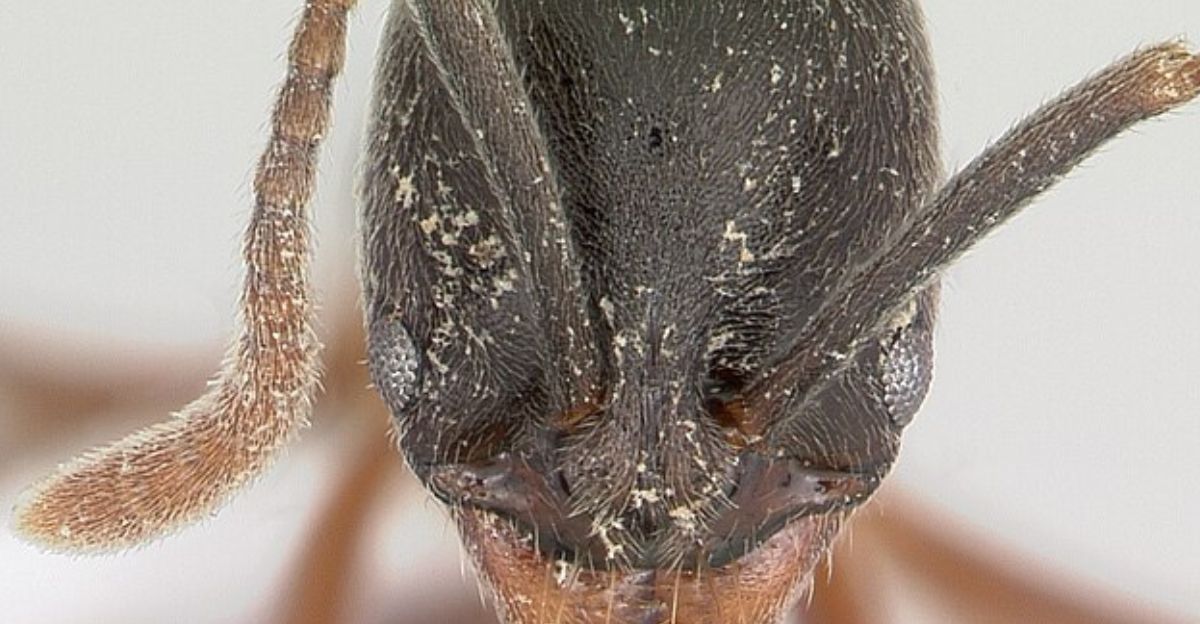
When these invaders take over forest biomes, about a third of understory plants suffer as a result. If these native plant species decline in numbers, there are implications on entire ecosystems.
Animals in habitats can be affected by a decline in plant life, from birds to small mammals and other insects. The Asian needle ant is such an aggressive rival that they are even managing to push out other invasive species like the Argentine ant.
Driving Out Other Species
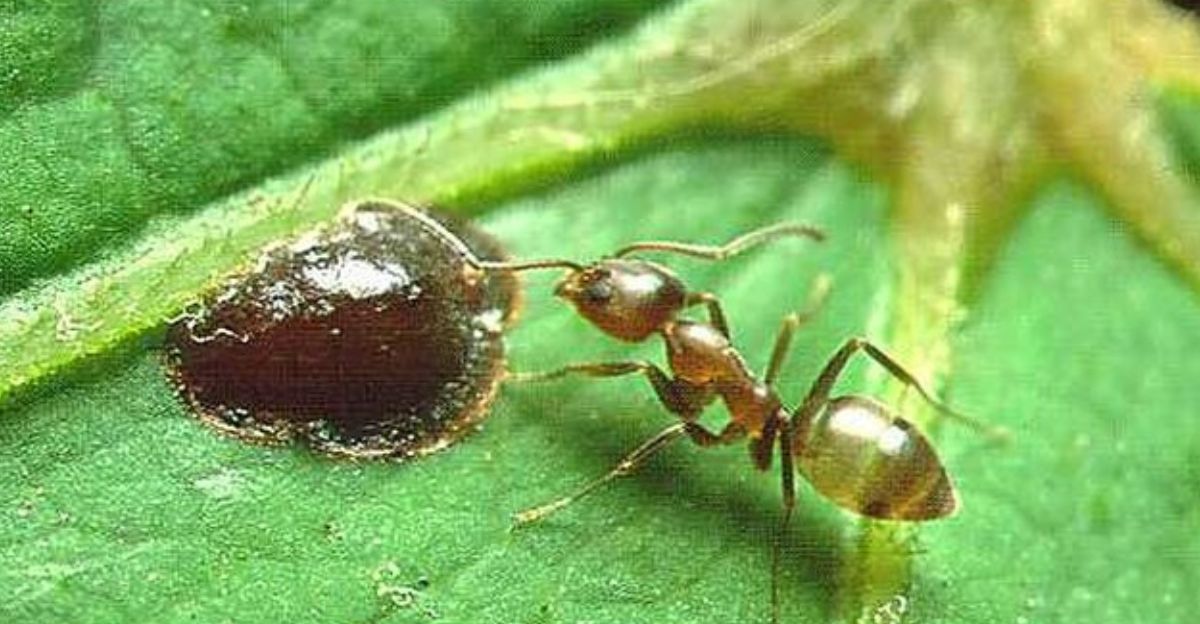
The Asian needle ant’s ability to thrive in colder temperatures means that it is usually active long before other invasive ant species. This leg-up drives the Argentine ant and other competitors.
They take over rivals’ territory and gain a foothold, making their population grow even faster while other ants struggle against their dominance.
A Versatile Species
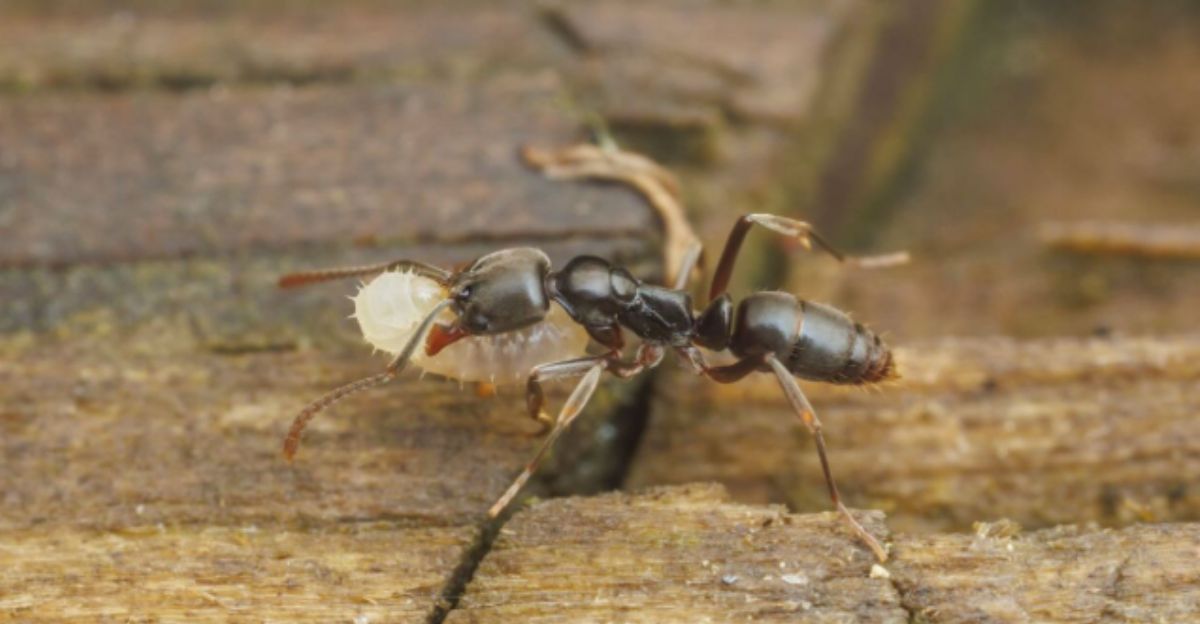
As these ants adapt to urban territories, they show a versatile nature, creating nests in unexpected places and increasing the risks of conflict with residents.
Nests have been found underneath doormats, pot plants, firewood, and leaves. The ants are also attracted by the scent of garbage and thrive in hardwood, meaning that they are a species that is steadily invading previously safe spaces.
Risks On People
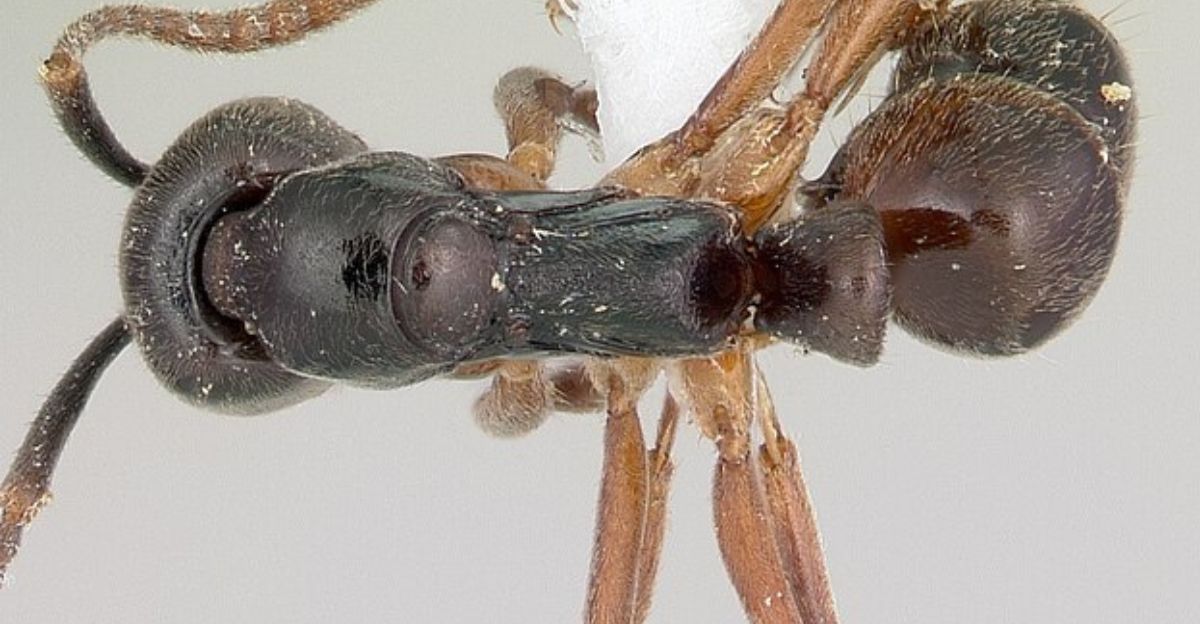
While many native ants do not have a stinger or don’t pose much danger to humans, the Asian needle ant’s sting is more than just a painful inconvenience. While their sting itself isn’t deadly, it can activate allergic reactions, including life-threatening cases of anaphylactic shock. This ant seems to stimulate severe reactions in humans who aren’t allergic to insects like bees, wasps, and other stinging species.
The ants themselves don’t sting unprovoked, but like many other insects, they will defend their colony if accidentally encroached on by stepping off unaware hikers. They can also crawl into clothing and sting if they feel trapped or threatened.
The Intensity Of Their Stings

Individuals who are stung by Asian needle ants say that they suffer from sharp pain, a burning feeling around the wound, and pins and needles.
The sensation can last for more than a week and can come and go in waves. As previously mentioned, the sting is not generally dangerous but can cause serious allergies in some people.
Their Behavior
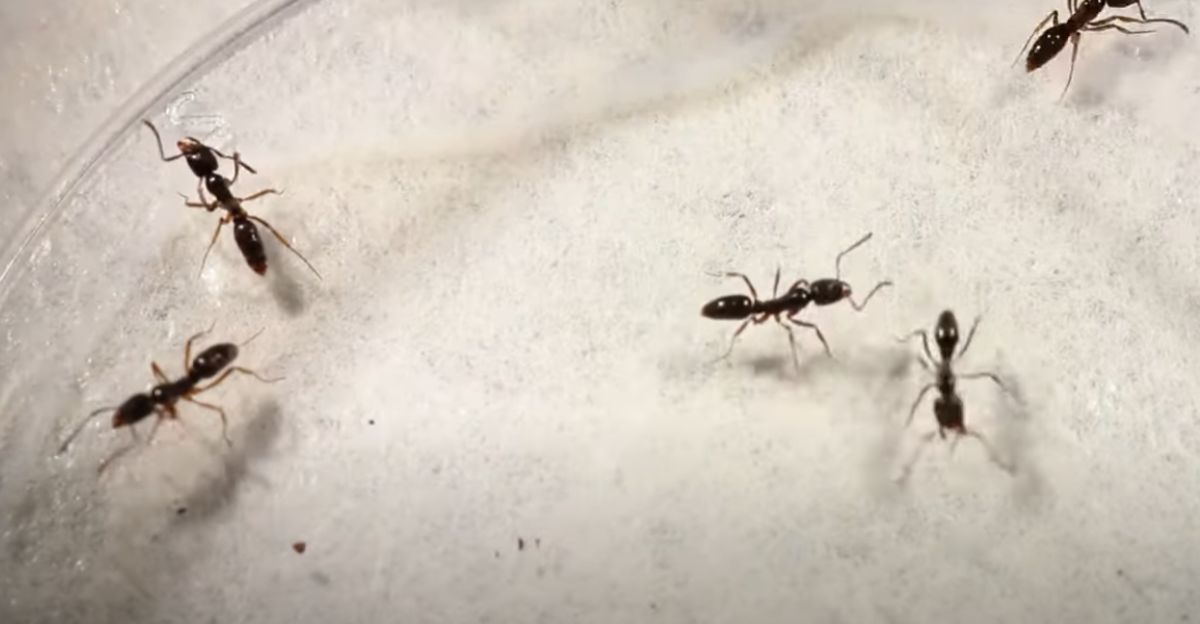
Many domestic species, like carpenter ants, are not as active for as much of the year when compared to Asian needle ants.
These invasive species slow down during winter months but are active from spring to late into summer, meaning that they are more prevalent during the year and have a head start on their rivals.
Uninvited Guests
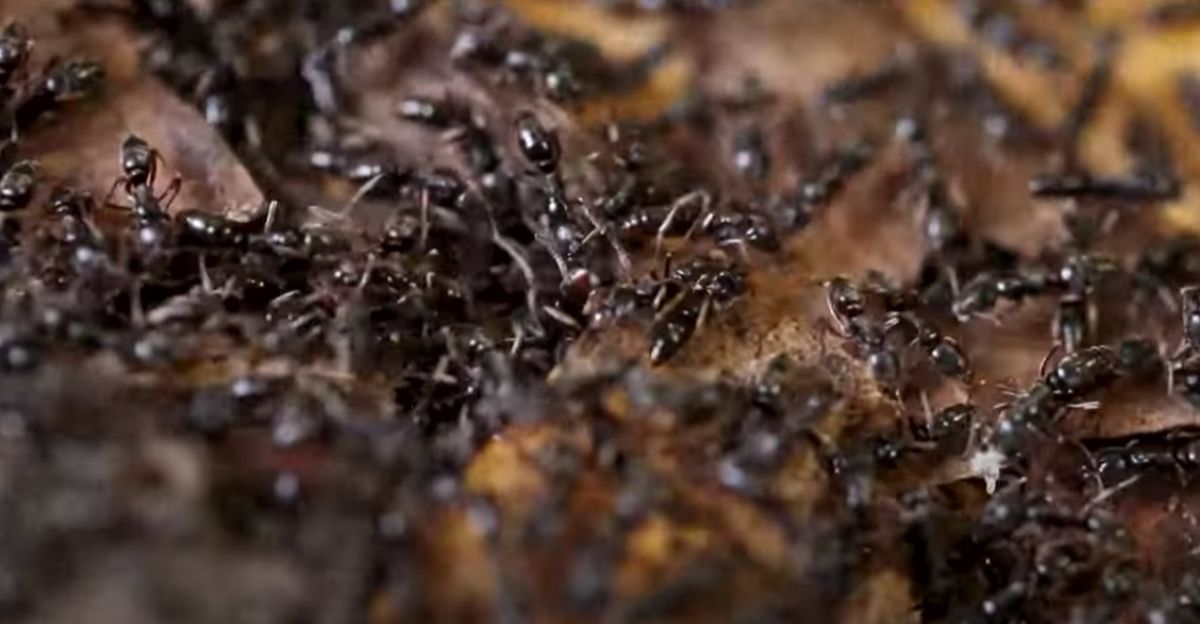
Like many ant species, Asian needle ants are found more in outdoor areas and prefer those spaces but can be attracted indoors when looking for food.
In recent years, there have been more reports of Asian needle ants becoming uninvited guests inside American homes in states like Kentucky. Asian needle ants can also be drawn inside houses when the temperatures become excessively hot or during rainstorms.
Rising Above Competition
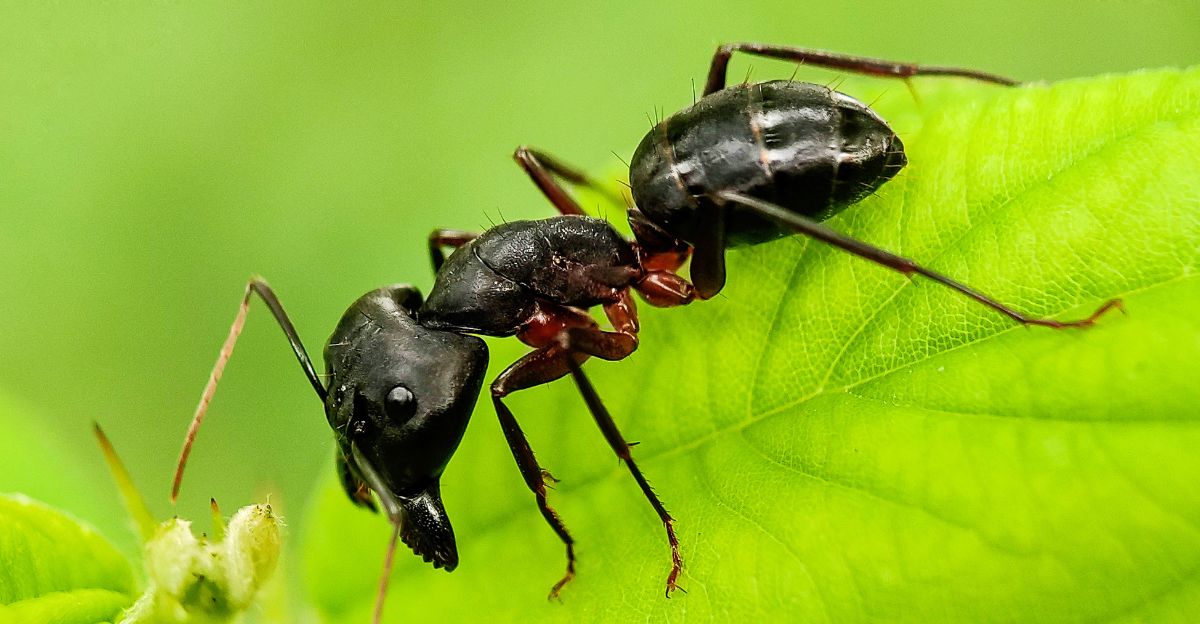
The Asian needle ant is a hardy rival to many other insects, and while domestic ants have a more specialized diet, these invasive ants eat anything from insects and termites to any scraps left behind by humans. This also means that they can be attracted by waste or food left out, bringing them into urban environments.
The ants’ population grows rapidly due to the presence of multiple queens and escape natural predators because they do not leave easy-to-track scent trials as many other domestic species do. When populations are controlled in urban areas, they can reappear from nearby forests and other undisturbed areas.
Termites And Their Role
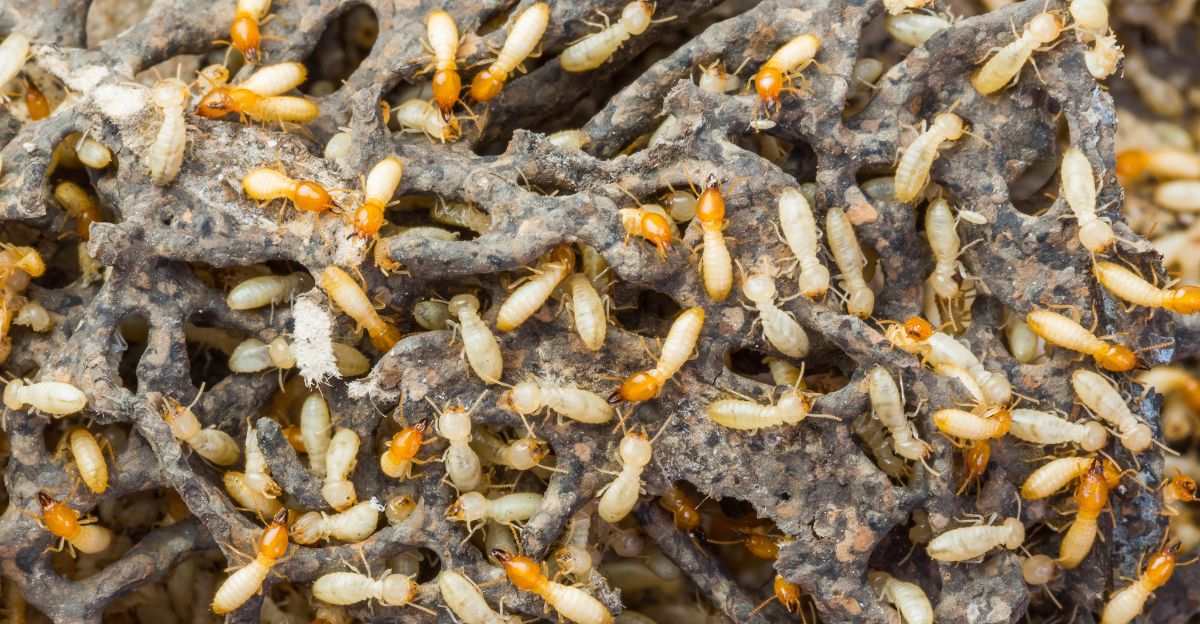
While termites are generally seen as pests when found in urban environments, their ability to break down wood is a crucial tool in habitats, accelerating the decomposition of plants and trees, which affects soil health and nutrient cycles.
Asian needle ants excel at finding and eradicating termites and, in some cases, even wiping out entire nests. With fewer termites, habitat health declines.
Control Methods

Many domestic ants have more obvious nests, while it can be much harder for pest control efforts to target and even find Asian needle ant colonies. This means that tried and true methods like bait and trapping that are specifically designed to deal with ants are ineffective against these invasive foragers.
Their nests in forests are extremely hard to uproot due to the sheer number of them and the difficulty in finding them. In many cases, once Asian needle ants are identified and pest control is called, they already have a strong foothold in the region.
Costing Us Dearly

The presence of Asian needle ants is taxing regions in many ways, including ecological damage, health concerns, and economic implications. Hospitals have seen an increase in cases of bad reactions to stings, leading to increased costs in hospitals for treating these cases. As native ants are driven out by their competitors, they stop keeping soil in good health and control other pests.
An increase in Asian needle ants also costs residents more as they are forced to call pest control, which sometimes can’t even permanently rid them of the problem. The population is growing continuously, and if measures aren’t taken, these costs will only increase.
What Can We Do?
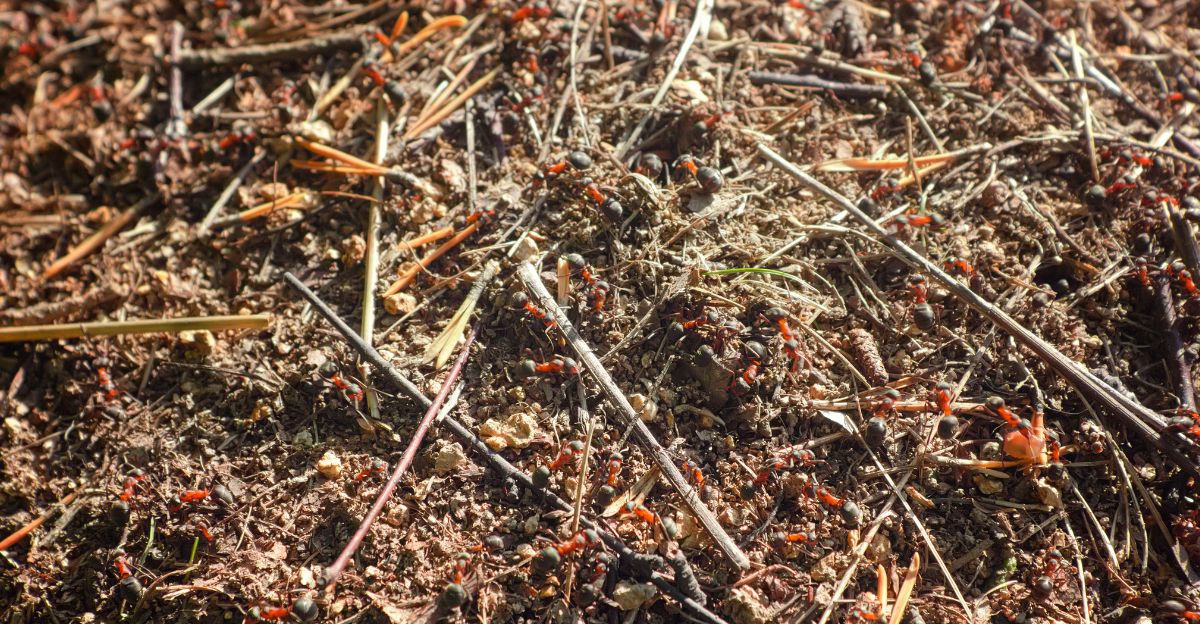
The Asian needle ant is a difficult invasive pest to deal with and collaborative efforts will be required to succeed in their dispatching them. Their population in regions needs to be confirmed early on so that nests can be destroyed before they establish a strong foothold.
This means that residents should be educated about what to look out for so that they can report sightings. If infestations can be reported early, then control efforts are much more effective.
New Strategies
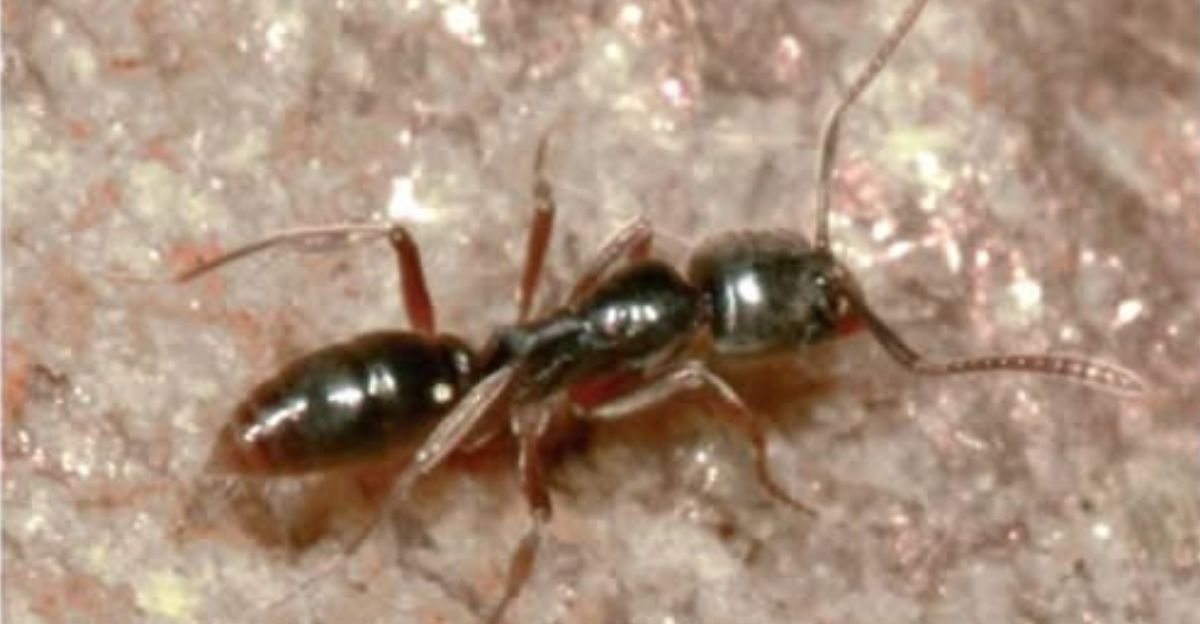
Although these ants have evaded many traditional conservation efforts, recent studies have shown promise. The ants are attracted to the scent of termites as they often hunt them.
Termite-scented bait traps seem to be an effective means of controlling their population, in some cases reducing the population drastically in just two weeks.
Impacts On Livestock

Asian needle ants may not have an impact on crops. However, their painful stings mean that conflict between their species and livestock isn’t impossible in intersection areas.
This has led farmers to be forced to move to areas away from their populations, costing a lot in the process. Furthermore, the ants could prey on beneficial insect species that improve crop yields by hunting disruptive pests that damage agriculture.
Identifying Them Can Avoid Incidents

As many communities still don’t understand the threat they are under from Asian needle ants, incidents arise when people accidentally come into contact with the insects.
Gardeners and outdoor workers should learn how to identify these ants to avoid painful stings or worse. Even homeowners aren’t safe in their own backyard and even inside their own homes. Key traits to look out for are: their dark brown to black bodies with lighter colored legs and mandibles and stinger that is pronounced.
This species also finds difficulties climbing glass surfaces like windows while many other ant species can. Their nests are also usually in moist areas with shade, like underneath logs, stones, or leaves.
We Need To Act Quickly

The Asian needle ant is an adept insect species that will not disappear over time. They are thriving in U.S. borders and will have long term consequences for local habitats, human population health, and economies.
The landscape hasn’t been permanently damaged yet, so there is still a chance of successfully controlling their population before it’s too late. A proactive approach is urgently needed, or else trying to wait them out will only create disastrous circumstances.
Explore more of our trending stories and hit Follow to keep them coming to your feed!

Don’t miss out on more stories like this! Hit the Follow button at the top of this article to stay updated with the latest news. Share your thoughts in the comments—we’d love to hear from you!







